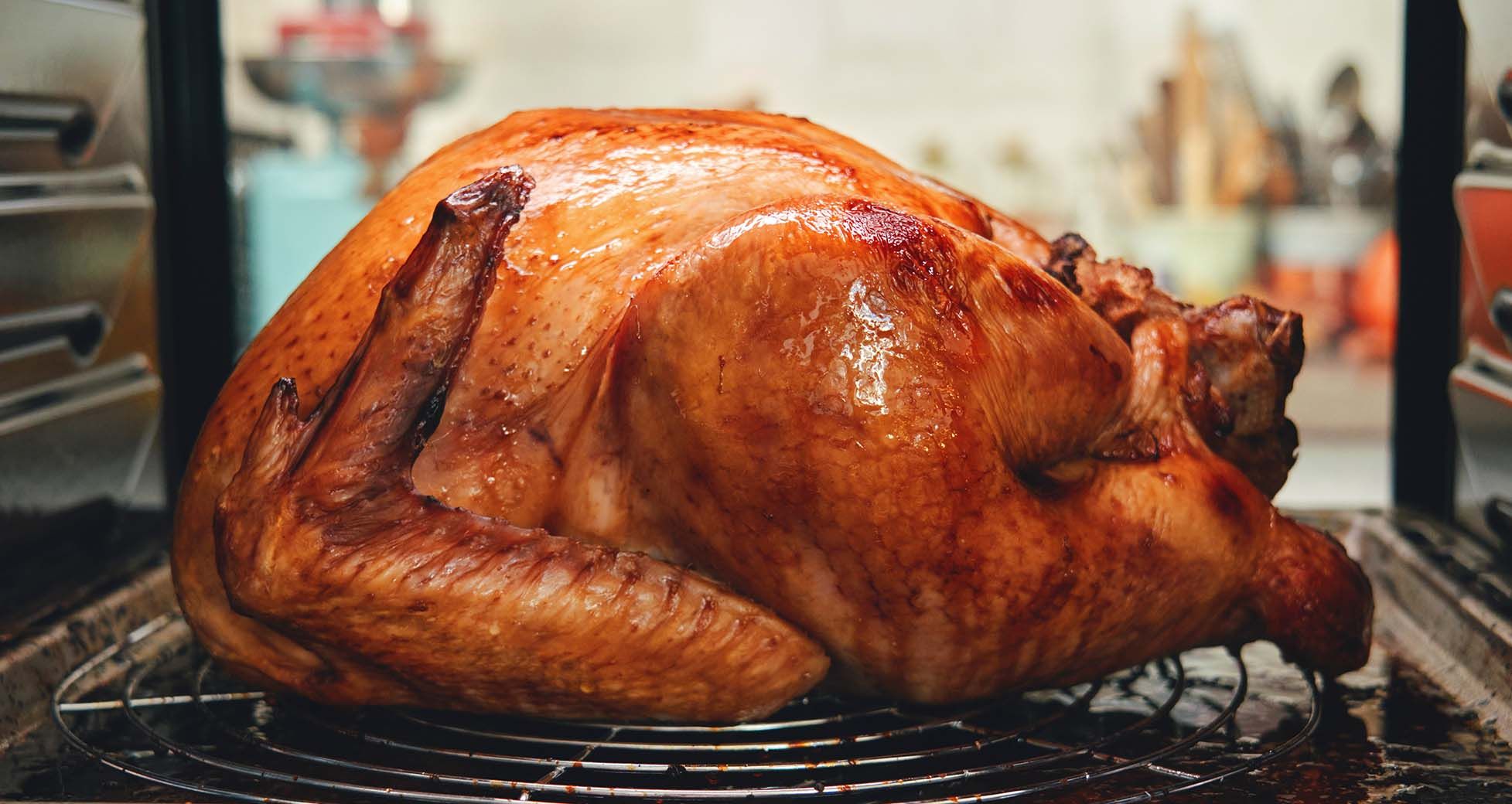How to Cook a Turkey
Turkey is the centerpiece on Thanksgiving dinner tables, but it takes some planning ahead and know-how. Here are a handful of practical turkey tips to help you sit down to your best holiday meal ever.

Pick the Right Turkey & Size
We have turkeys ranging in size from 10 to 24 pounds. Most are available in our stores, however, you may need to call your local Schnucks Meat Department up to three weeks in advance to order fresh (non-frozen), all-natural and organic turkeys. Estimate 1 ½ pounds of uncooked turkey per person; that will give you enough for dinner and leftovers the next day.
Plan Ahead & Thaw
Place your frozen turkey, still sealed in its packaging, in a shallow pan on the bottom shelf of the refrigerator. Allow 24 hours of thawing for every four to five pounds. You can keep a thawed turkey in the refrigerator up to two days.
| Turkey Weight (LBS) | Days Needed to Thaw |
|---|---|
| 10-12 | 2 ½ |
| 13-15 | 3 |
| 16-17 | 3 ½ |
| 18-20 | 4 |
| 21-25 | 5 |
Finish the Job
Prep
Start preparing your turkey about an hour before roasting. This takes the chill off your bird and may reduce roasting time.
Roast
Allow about 15 to 18 minutes roasting time per pound, or 3 to 3-1/2 hours for a 12- to 14-pound turkey. See our temperature tips for more help.
Rest
Let the turkey stand at room temperature for 20 minutes before carving.

Turkey Carving 101
When there's a hungry crowd waiting on you to kick off the Thanksgiving feast, you need to be prepared with the skills to carve the turkey. Use this simple guide to get the job done.
Temperature Tips
It’s all about degrees, in the oven and in your turkey. To make sure your oven maintains the right temperature, use an oven thermometer to test for accuracy before the big day.
To check doneness of turkey, insert an instant-read thermometer into the thickest part of the thigh, making sure the thermometer does not touch bone. Look for juices to run clear from the thigh and wiggle a drumstick to see if it moves easily at the joint.
Final internal temperature in the breast and thigh should reach 165°F. Residual heat in the turkey will continue to cook the turkey while it stands, so you may want to take your turkey out when it reaches 160°F.
If the turkey’s thighs or breast meat near the bone appear pink after the temperature registers safe and juices run clear, the meat is perfectly safe to eat. There are many factors causing this rose tinge, including nitrates in the bird’s feed or water supply.
Turkey Recipes
View All RecipesWhether this is your first time cooking a turkey or you just want to try something new, these recipes are simple and sure to please a crowd!
Holiday Guide
Need a little help planning your Thanksgiving feast? Check out our holiday guide for recipes, tips and tricks!










